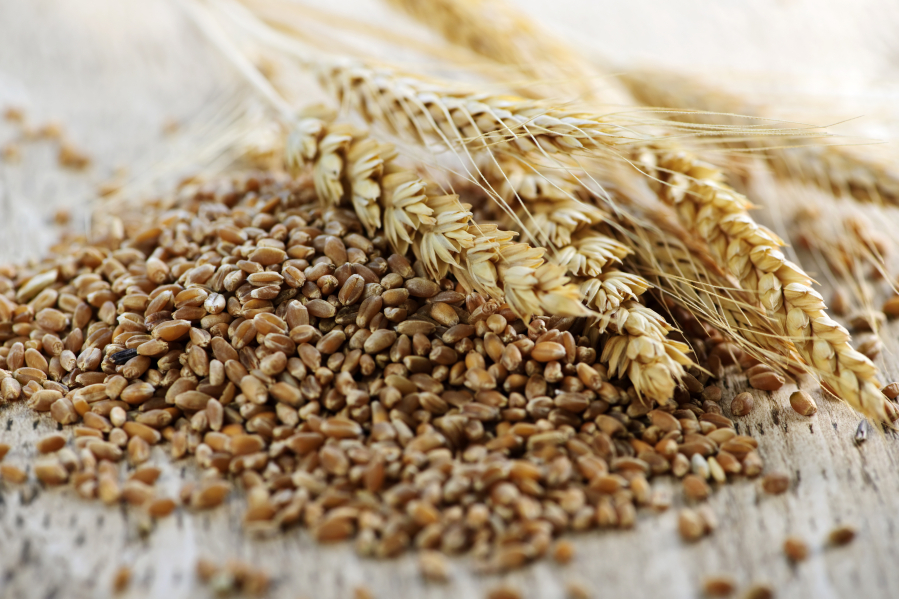I’ve been reading the back of cereal boxes since I was a kid. They entertained me with games or puzzles while I munched on breakfast. Last week, my cereal box got me thinking about whole grains.
Besides being crunchy good, researchers report that whole grains may reduce the risk for certain cancers — colon cancer in particular — and they may help reduce our risk for developing Type 2 diabetes and heart disease.
According to the U.S. Food and Drug Administration, food from a variety of grains such oats, wheat, rice and corn are considered “whole” grains if they contain three components — bran, germ and endosperm — in the same proportions as the original grain. Why all three parts? Each provides unique nutritional benefits. And the sum of all three is what experts say is responsible for whole grains’ health advantages.
Think about a kernel of popcorn. The bran is the outside layer that tends to get stuck in your teeth at the movies. It’s also a primary source of dietary fiber, antioxidants and B vitamins.
The germ is a tiny embryo in the seed that can sprout into a new plant. It contains protein, heart healthful fats, minerals and a host of B vitamins.
The fluffy white part that pops out of a popcorn kernel is the endosperm. It supplies nutrients for the seed to grow — carbohydrates, proteins and small amounts of vitamins and minerals.
How do we identify a “whole” grain? Look for it at the top of the ingredient list. Or find the voluntary “Whole Grain” stamp from the Whole Grains Council (www.wholegrainscouncil.org), which is now on many products.
So-called “ancient grains” may or may not be whole grains. The Whole Grains Council loosely defines them as grains largely unchanged over several hundred years. Grains don’t need to be exotic to be healthful, however. Common foods like brown rice, whole grain pasta, oatmeal, popcorn and whole wheat bread provide whole grain goodness, often at a lower price.
Modern varieties of wheat have been developed through wheat breeding since the 1920s, says Brett Carver, wheat research geneticist at Oklahoma State University.
“We’re trying to produce more food — more grain — than we did 100 years ago … with less land area to do it with,” Carver says. “That’s the challenge we face as our population grows and our land area for crop production diminishes.”
“Today’s wheat plant is stronger so it can withstand the winds. It has greater resilience; it can take heat, cold and drought. And it can take stresses from diseases a lot better than the wheat we had 100 years ago.”
Best way to ensure we get the full spectrum of nutrients available in nature? Eat a variety of grain foods, say experts. Each type offers a unique benefit. Now, back to my cereal box …
Barbara Quinn-Intermill is a registered dietitian and certified diabetes educator affiliated with Community Hospital of the Monterey Peninsula. She is the author of “Quinn-Essential Nutrition” (Westbow Press, 2015). Email her at to barbara@quinnessentialnutrition.com.



